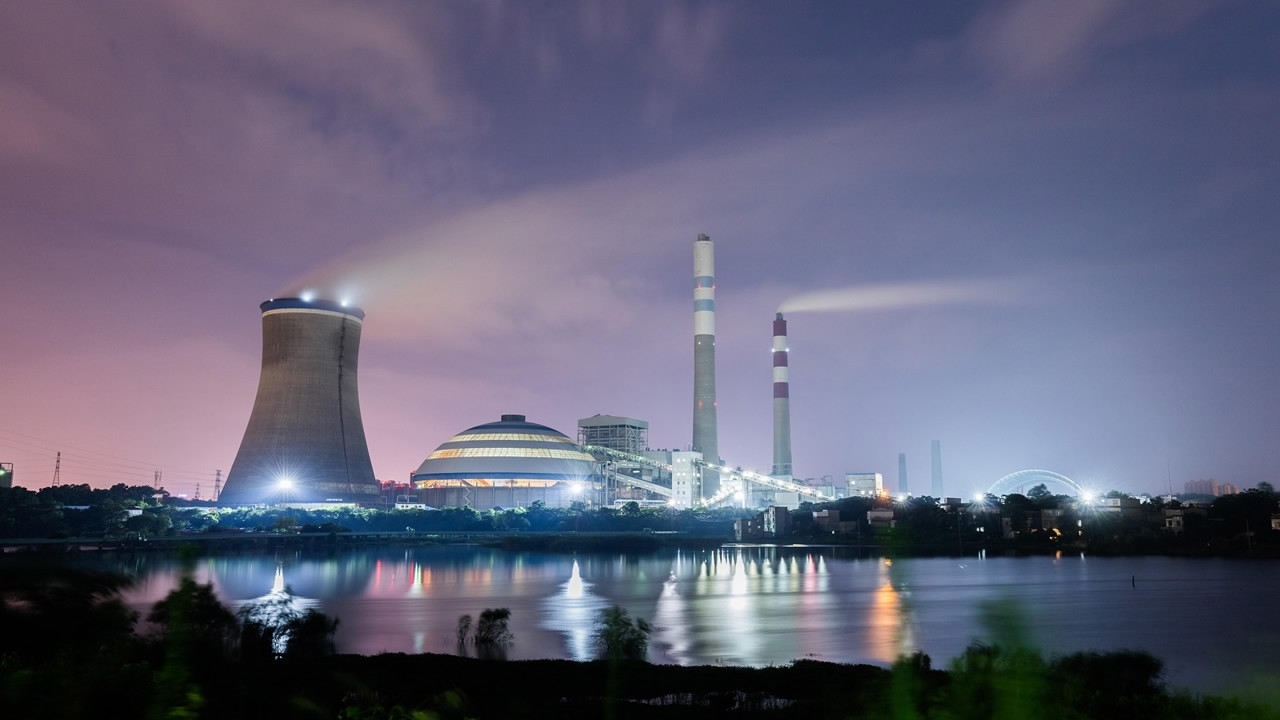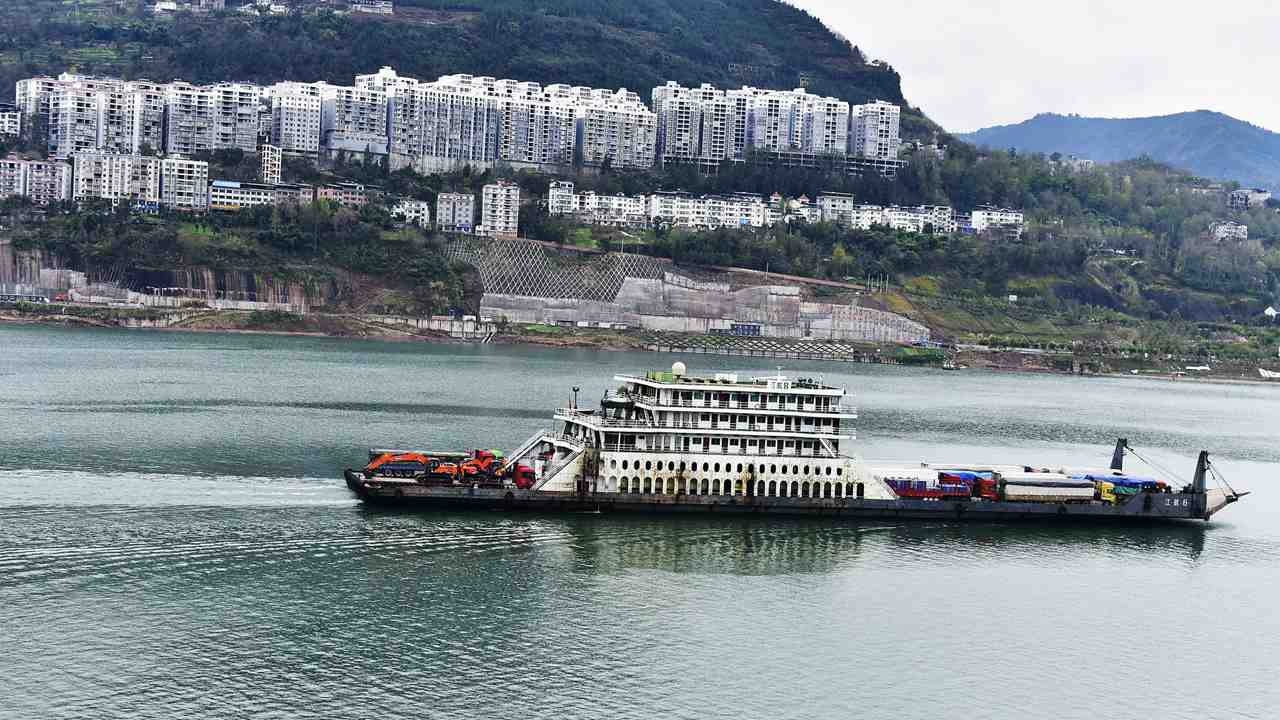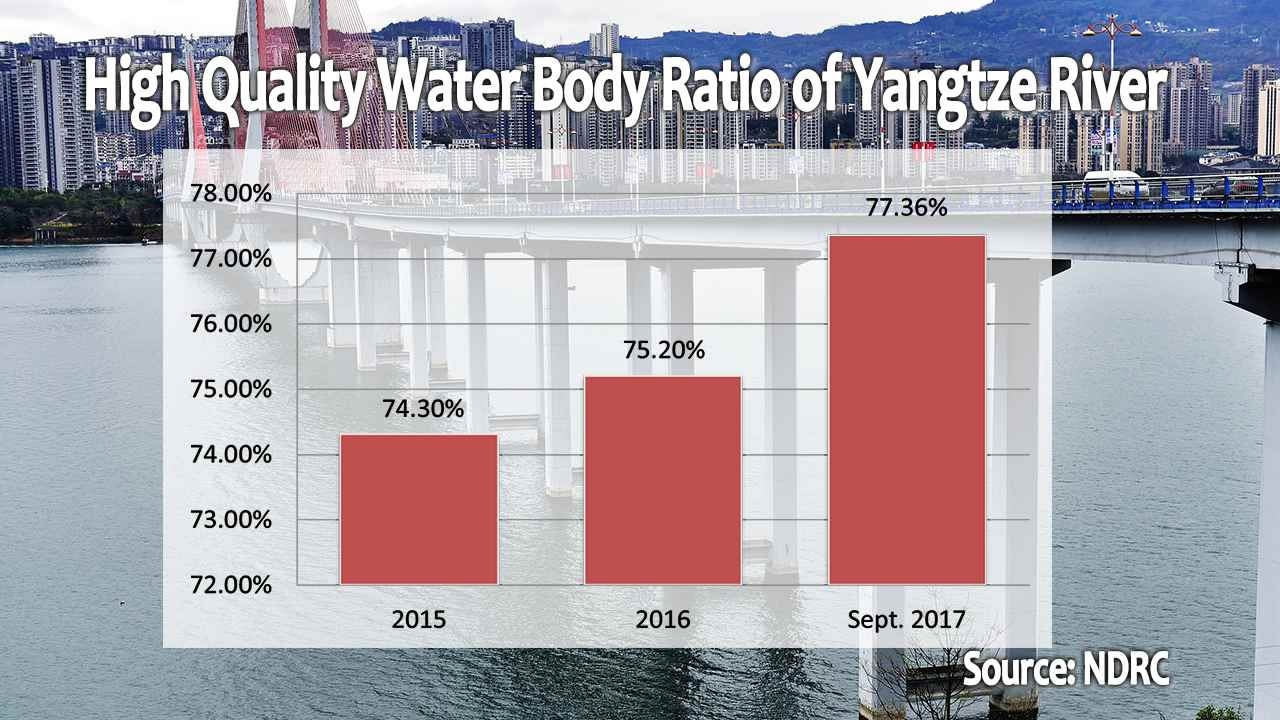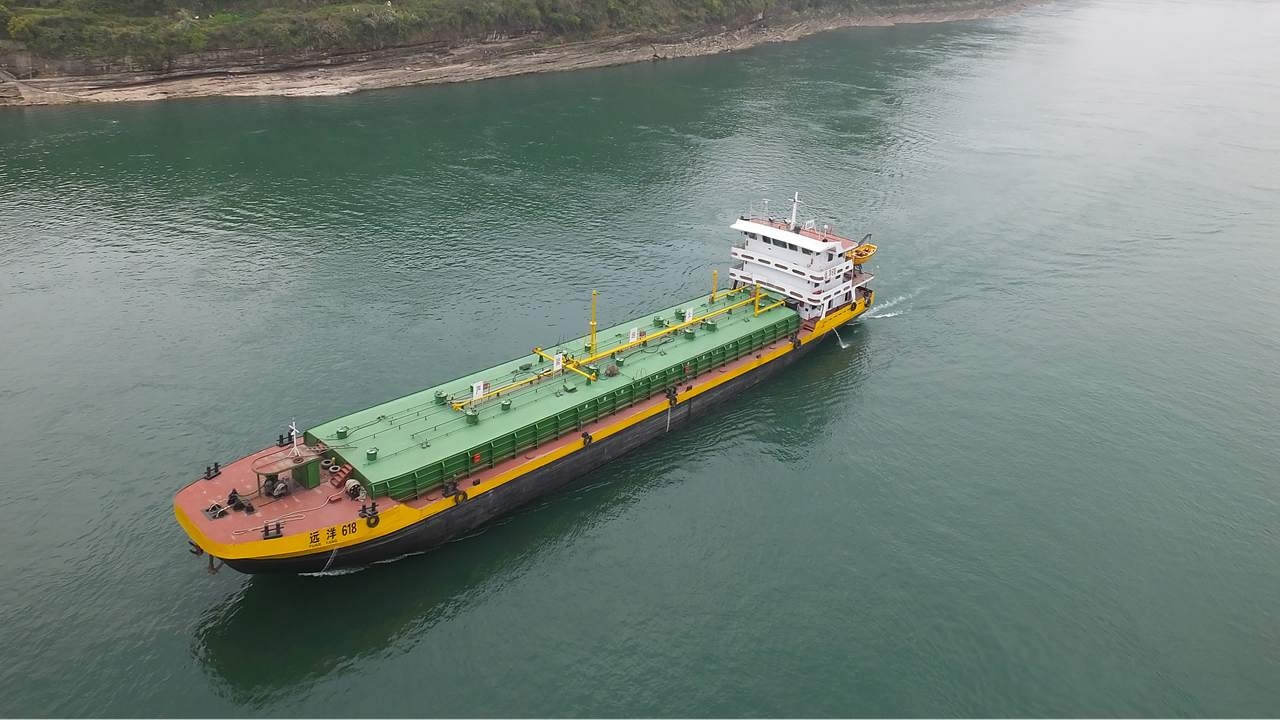
Business
22:14, 05-Jan-2018
Yangtze River belt puts nature ahead of rapid growth
By CGTN’s Yang Chengxi

The Yangtze River economic belt, covering 20 percent of China's land and 40 percent of the country's population from southwestern China's Yunnan province all the way to Shanghai in the east, plays an important role in reducing the wealth gap between China's east, central and western regions.
In the first three quarters of 2017, the 11 provinces along the river scored an average GDP growth of over 8 percent. However, the strong economic growth, mostly driven by traditional industries, has taken a toll on the environment.

The Yangtze River is of economic importance to China. /VCG Photo
The Yangtze River is of economic importance to China. /VCG Photo
There are many chemical and heavy steel companies midstream and downstream of Yangtze River, according to Wang Xiangrong, director of the Center for Urban Eco-Planning and Design at Fudan University, and many of them have been gushing out industrial waste, even illegal toxins into the river, creating a health hazard for citizens nearby.
The Chinese government last June approved environmental protection guidance for the Yangtze River economic zone over the next decade, stressing that local governments and businesses should always focus on the bigger picture.
The local authorities have been stepping up efforts in environmental protection. About 500 polluted water areas have been cleaned up, and the overall water quality of the Yangtze River has been improving over the past three years.

CGTN Photo
CGTN Photo
In the city of Yichang in Hubei province, the local government has been working with factories to make them cleaner.
"For example, our Yichang plant, together with Chinese authorities, we have come to make it a zero carbon emission plant," said Stephane Rinderknech, CEO of L’Oreal China.
Bu the city has been shutting down some heavily polluting chemical plants along the river, 25 in 2017 alone.

VCG Photo
VCG Photo
For local governments, these efforts come at a cost. Yichang has seen both its fiscal income and industrial growth shrink last year. That's because it relied heavily upon these traditional industries for growth, and this has been part of the reason why cutting pollution has been such a complicated task.
But Wang believes it doesn't have to be, as China's manufacturing sector is upgrading. Some 45,000 high-tech firms have sprung up along the Yangtze River region.
"Any industry has a life cycle. High technology or green energy industries are sunrise industries, while large water and energy consumption industries are sunset industries," Wang said.
1125km

SITEMAP
Copyright © 2018 CGTN. Beijing ICP prepared NO.16065310-3
Copyright © 2018 CGTN. Beijing ICP prepared NO.16065310-3